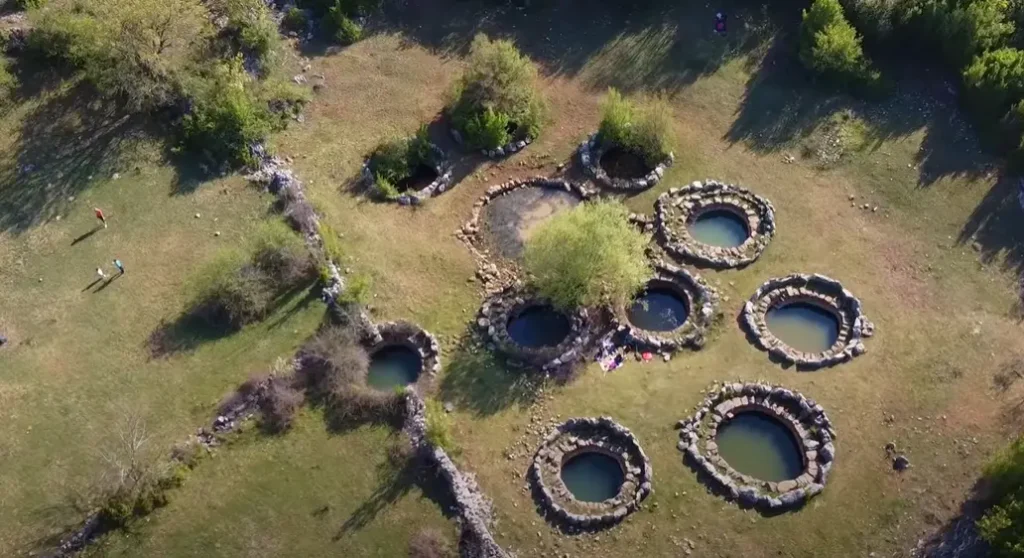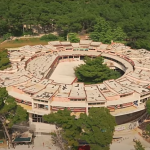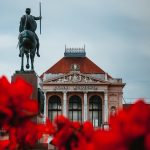Less than an hour’s drive from Split, in the rugged karst landscape of the Klis hinterland, you’ll stumble upon an extraordinary site. Known as Rajčica, the valley near Nisko village is home to a cluster of 10 ancient wells.
And when we say ancient, it’s actually a bit hard to pinpoint the moment in time when the wells were built. They are commonly referred to as Roman wells, some believe they’re from the Illyrian times, and it’s also said they date to late Middle ages, namely the 13th or 14th centuries.
Whatever the case, there’s a certain mystical quality to the picturesque site; it appears to be timeless. The wells are all alike in size and design; they’re closely spaced, each encircled by a dry stone wall and fitted with stone steps descending to the water surface.
Three of the ten wells are shrouded by greenery and have a lower water level, making them somewhat harder to spot. Since the site is located in a valley, heavy rain will often leave the area flooded; during summer droughts, the water level drops.
It’s unknown whether there are any underground rivers in the area, or if the wells are mainly getting water from precipitation. Nestled among the wells is a small pond where the cattle roaming the area often comes to drink.
The name of this wondrous site is another mystery that remains unsolved. Why Rajčica valley? The name literally translates to tomato in Croatian, but it’s believed to be more likely to refer to the place being a paradise in nature (raj = paradise, heaven). Finally, there are sources that claim the toponym originates from a family name that had a historical presence in the area (the valley of the Rajčić).
The wells of Rajčica used to be a seldom visited site, hidden away in a somewhat inaccessible location where one would have to fight their way through the thicket to get to the untouched clearing.
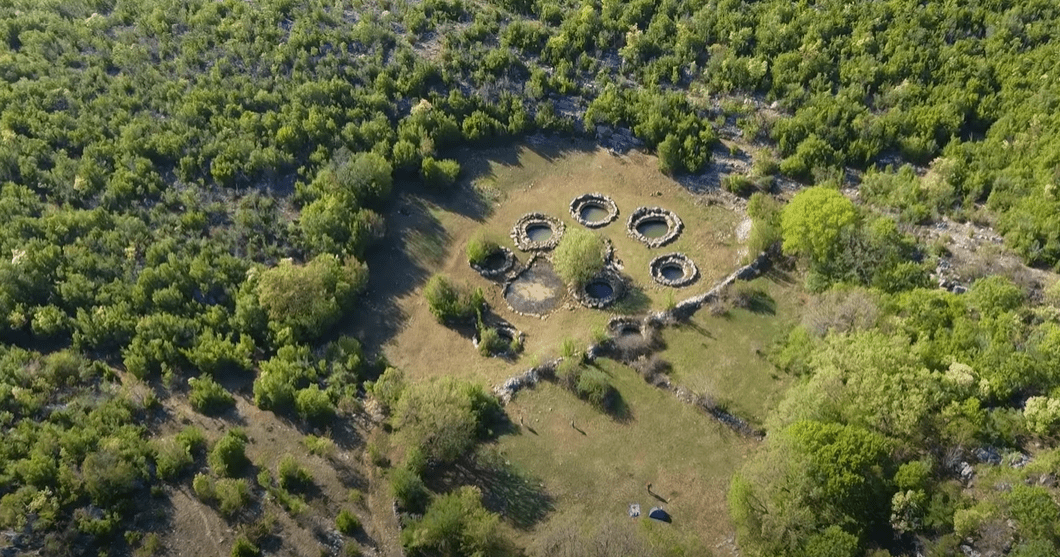
Rajcica valley / YouTube screenshot
These days, it’s more visitor-friendly. Backed by EU funding, Klis Municipality first had a forest road restored that connected the nearby villages of Brštanovo, Nisko and Matase, and which also doubles as an access road to Rajčica valley.
In a more recent part of the project, they had a picnic site built near the ancient wells. As of late 2021, there are seating areas, a grill, and even a balota rink as a nod to one of Dalmatia’s favourite pastimes.
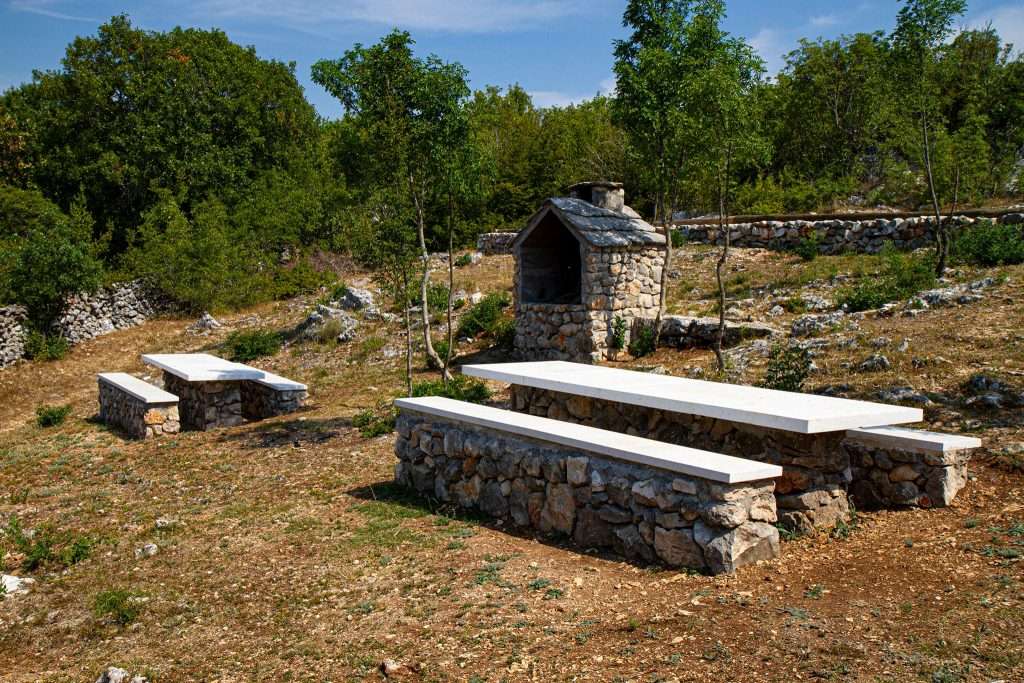 Picnic area / klis.hr
Picnic area / klis.hr
Rajčica valley gained in popularity since it was touched up a bit, especially as the pandemic drove more people to forgo urban destinations and spend time in nature instead. It’s not overcrowded yet, so if you happen to be looking for trip ideas, it just might be the perfect moment to visit the mystical wells before they become too popular among the locals and tourists alike.

